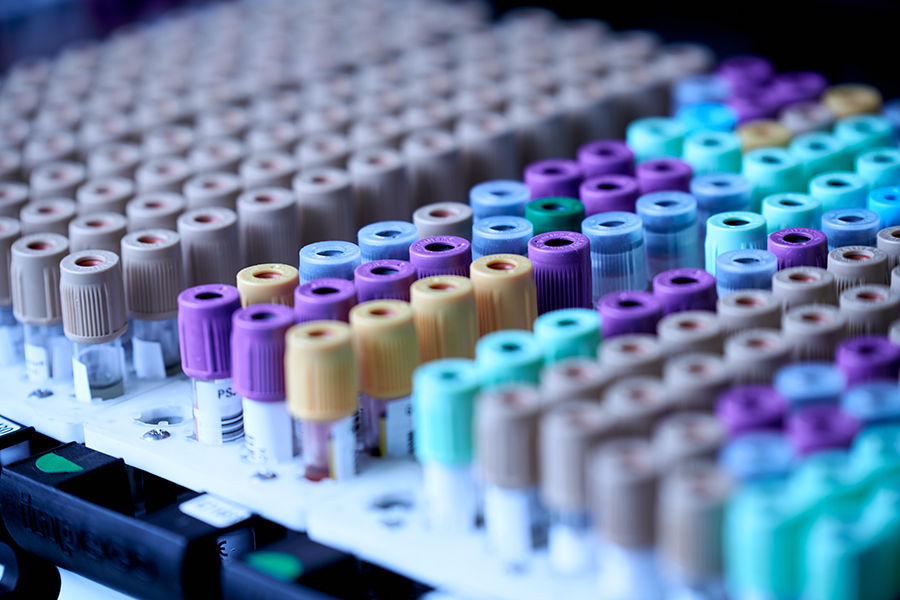Outside of the government, no sector requires pre-employment drug testing more than health care. Moreover, health care is the top industry that requires drug testing when factoring just the top 50 metro areas within the U.S., according to an analysis from Glassdoor.
While other industries have left drug testing behind, the patient safety and hands-on nature of health care work gives executives a reason to continue with the practice, particularly within provider organizations.
In 2014, Daniel R. Levinson, then inspector general of HHS and Erika T. Broadhurst, special agent for the Department of Health and Human Services, wrote an op-ed in The New York Times arguing that “health care workers with access to drugs, including medical doctors, nurses, nurse practitioners, radiological technicians and surgical assistants, should be subject to mandatory drug testing.” In 2013, Julius Cuong Pham, MD, Associate Professor of Emergency Medicine and Anesthesia Critical Care at the Johns Hopkins University, School of Medicine, wrote a similar argument in JAMA.
What’s made drug testing more complicated for health care organizations, particularly as it relates to marijuana, is the changing state laws around usage of the drug. As of July 1, 2021, 19 states have fully legalized marijuana for recreational use. Many of those states have protections for employees that ensure they cannot be discriminated from being hired based on a positive marijuana test.
“Most of the newer states have explicit employee protections. While they may have a safety sensitive carve out, the definition of positions that are safety sensitive vary state by state and sometimes are somewhat nebulous. While one might consider at least certain health care workers, those workers interacting with patients on the frontline of care, some might be considered safety sensitive, but unless those positions are clearly called out, it can be ambiguous,” says Barry Sample, PhD, senior director of science and technology, Quest Diagnostics.
In places like New York, there are specific provisions in the law that allow employers to drug test any position that requires the supervision or care of patients. There are exceptions to this, however, according to Fox Rothschild. For instance, a Federally Qualified Health Care Center (FQHC) within a region that has legalized marijuana that receives federal grant funds should have to remove testing of from pre-employment testing. They typically cannot “take advantage of the exception,” according to Fox Rothschild. “It’s more complicated for employers in those 19 recreational use states,” Sample says.
In the past year, the positivity rate of drug testing in the health care sector increased by 6.7 percent with marijuana positives leading the way at a 20 percent increase, according to data from Quest Diagnostics. Quest based its analysis on more than seven million urine drug tests. In health care, marijuana positivity has increased 33.3 percent over the last five years (from 1.8 percent of all drug tests in 2019 to 2.4 percent in 2020).
Similar trends are happening across the U.S. workforce, with most of the increases in marijuana positivity rates coming in states that have legal recreational use statutes. Positivity in other drug categories declined or remained flat in the combined U.S. workforce over the past five years, outside of amphetamines (which includes methamphetamine), which stayed flat at 1.1 percent positive each year.
Some employers are opting to remove marijuana drug testing, Sample says. “The rate in which marijuana is included for urine drug testing has declined 5.2 percent between 2015 and 2020,” he says. “If we look at non-reactional, non-medical use states, that decline is only 3.4 percent. In medical states, it’s somewhat comparable with a decline of 4.2 percent. In the recreational use states, there was an 8.5 decrease. It’s a 14-percent decline in Nevada.”
The complete Drug Testing Index data set can be found here.
Interested in joining the Health Evolution community? Learn more.
Homepage image credit: unsplash.com/testalizeme











